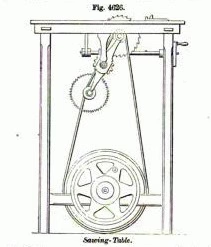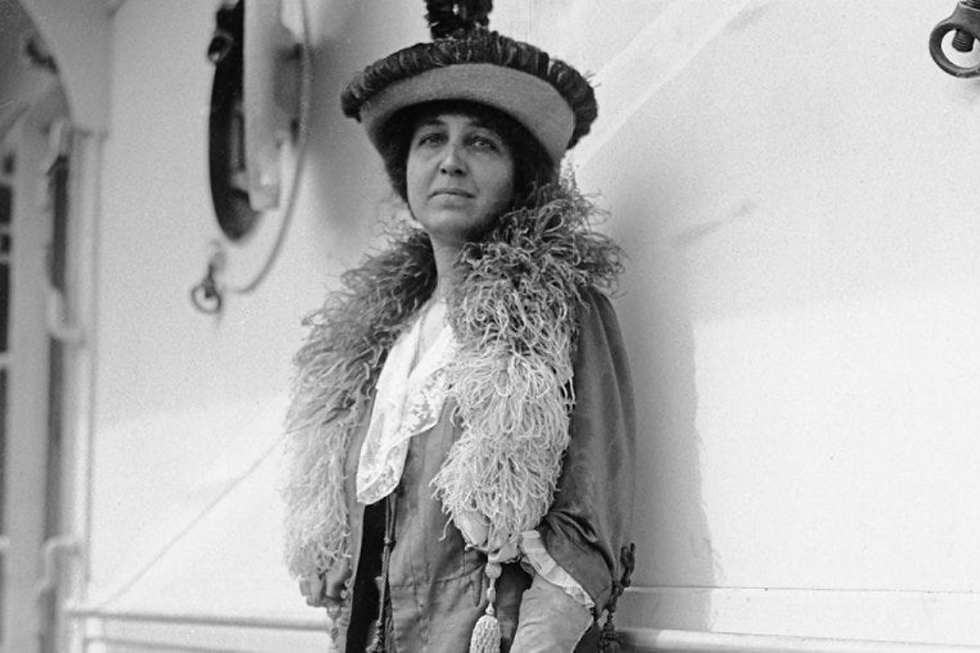Without a Woman: Tabitha Babbitt Revolutionized Woodworking
- iWomanTV

- Oct 16
- 2 min read
Walk into any workshop, and you’ll hear it: the sharp hum of a circular saw cutting clean through wood. It’s a sound that powers construction sites, furniture studios, and DIY garages across the world. But behind this tool, often associated with brute strength and industry, stands the ingenuity of a woman who saw a better way.
In the early 1800s, Tabitha Babbitt, a member of the Shaker community in New Lebanon, New York, noticed something most others overlooked. Watching two men laboring over a whipsaw, (a long blade that required one person to pull while the other pushed), she saw inefficiency in every stroke. Half of their effort was wasted on the backward pull that didn’t cut at all.
Drawing inspiration from another tool of the time, the spinning wheel, Babbitt designed something radical: a round blade attached to a rotating shaft that could cut continuously. Powered by a foot treadle, her invention didn’t just improve the process — it transformed it.
Thus, the circular saw was born.
True to Shaker principles of community and humility, Babbitt never patented her invention. Her focus wasn’t on credit but contribution. That modesty meant her name faded into history, while the tool she created went on to define it. The circular saw became a cornerstone of the Industrial Revolution, speeding up lumber production and reshaping industries from furniture-making to shipbuilding.
As technology advanced, her idea evolved. Early saws were massive and water- or steam-powered, designed for sawmills. By the early 20th century, electric motors made them portable, and by mid-century, the handheld circular saw became a staple in every builder’s toolkit. Today’s versions boast laser guides, ergonomic handles, cordless operation, and precision blades that would astonish even Babbitt herself.
Yet, her core concept remains unchanged: efficiency through innovation.

Tabitha Babbitt’s story is not just a tale of invention, it’s a reminder of how often women’s ingenuity has shaped the world quietly, without fanfare or recognition. Her circular saw accomplished its most basic goal: to cut wood faster. However, it also carved a path for women in innovation, proving that insight and creativity are not bound by gender.
So the next time you hear that familiar whirr in a workshop, think of the woman who made it possible — a Shaker craftswoman whose simple act of observation sparked an industrial revolution.






Comments